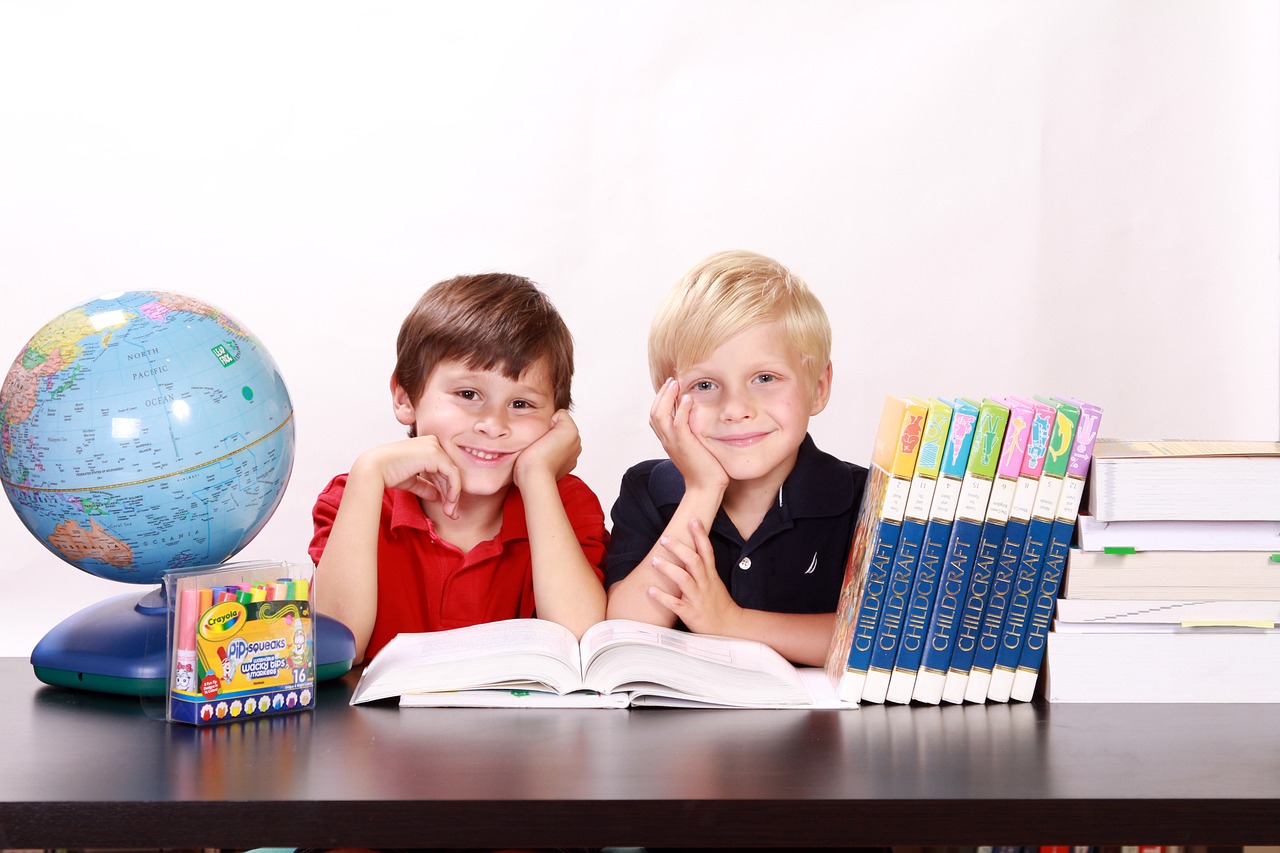YouTube hosts an extensive range of videos - from educational clips and cartoon shows to music videos and movie trailers. While there's a wealth of positive content, some videos may not be suitable for young viewers. Our primary task as parents or guardians is monitoring what they watch.
It's essential to understand that while we can't completely eliminate the risks associated with online video platforms, we can significantly mitigate them through proactive measures like parental controls and active supervision.
The first step towards controlling your child's YouTube viewing experience is creating a separate account for them using YouTube Kids. This app specifically caters to children by providing a safer online environment with content filters aligned with their age group.
However, no system is foolproof; occasionally inappropriate content might bypass these filters due to flawed algorithms or user errors during rating submissions. Hence, an additional layer of security could be applied by enabling 'Approved Content Only' mode which allows you only select channels or videos accessible on your child’s account.
Another feature worth exploiting is the 'Pause Watch History’. By enabling this setting, recommended videos based on previously viewed content can be stopped from appearing thus preventing any undesirable exposure due to algorithmic suggestions.
Apart from these steps within the platform itself, open communication plays a pivotal role in ensuring safe usage of YouTube by kids. Continuous dialogue about acceptable online behavior coupled with discussions about harmful or misleading information often encountered online will help them navigate digital spaces more responsibly.
Lastly, consider limiting screen time by setting up automatic reminders or using built-in features such as timers in the app so that your child doesn’t spend excessive amounts of time on YouTube.
Keep in mind that while these measures can significantly control what your child watches on YouTube, it cannot replace active parental supervision. Stay involved and interested in what your child is watching; ask them about their favorite videos or channels and watch along with them whenever you can.
We live in a world where digital literacy is just as important as traditional forms of literacy. By learning to control our children's YouTube viewing, we're not only protecting them from inappropriate content but also teaching them how to be discerning viewers who can make wise decisions about the content they consume online.
In conclusion, controlling YouTube viewing for kids involves a balanced approach – using available technological tools effectively, maintaining open communication with your child about their online experiences, and actively supervising their digital activities.

